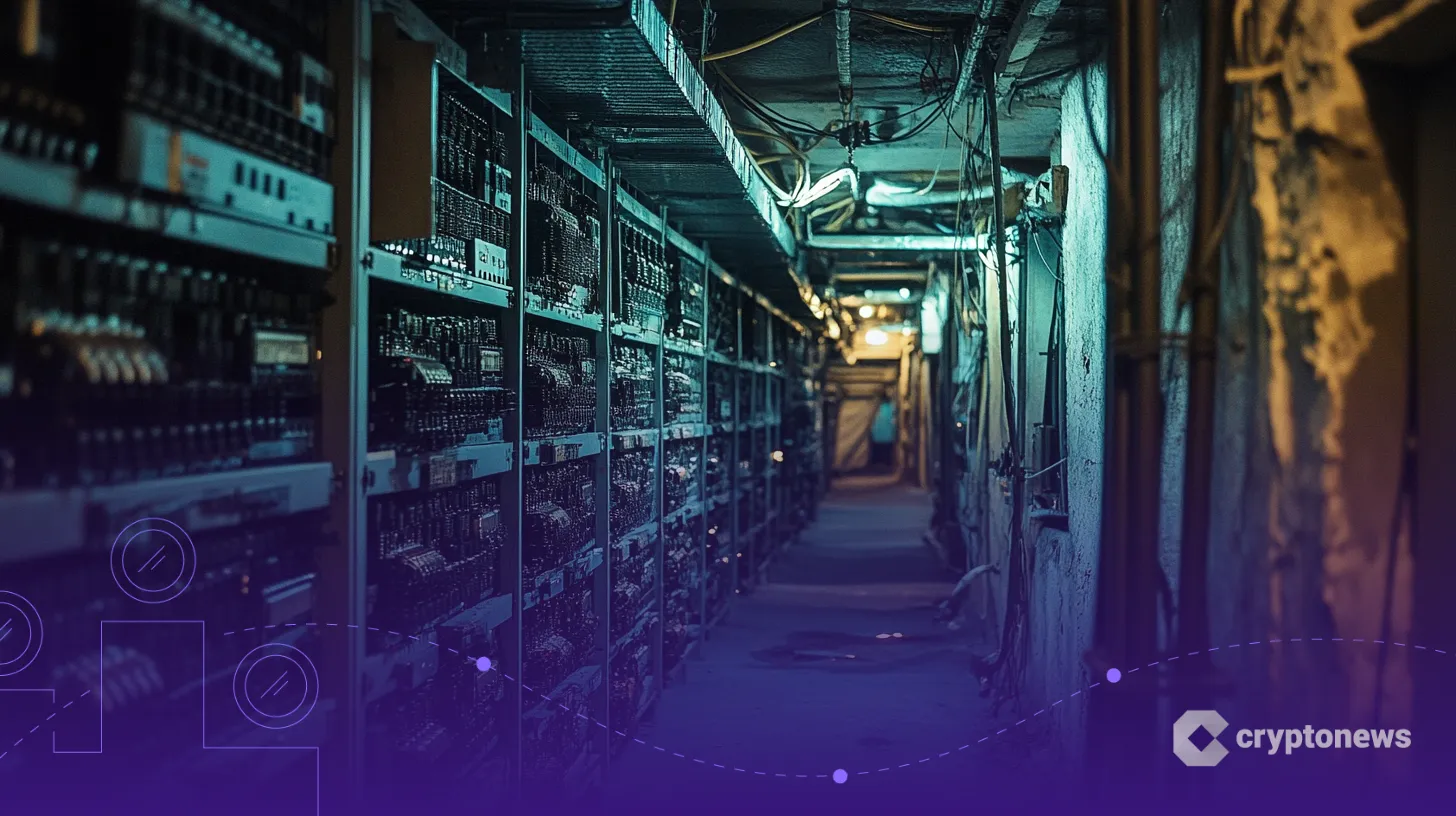Last updated:
 Why Trust Cryptonews
Why Trust Cryptonews

Russia’s state-owned Rosseti Group uncovered substantial damage to its power grid from illegal mining activities, amounting to over $14 million in 2024.
These unauthorized mining operations continue to impact the country’s energy infrastructure, causing widespread concern for the government and the energy sector.
The Scale of Illegal Crypto Mining Damages
According to a report from state-owned news agency TASS on Tuesday, Rosseti Group identified illegal mining activities in various regions.
The highest losses came from the North Caucasus area, which alone accounted for over 600 million rubles (around $6.5 million) in damages.
The impact extended to other regions as well. Novosibirsk and the Volga region also reported considerable costs.
Novosibirsk’s grid, for instance, faced losses amounting to 400 million rubles ($4.4 million), while the Center and Volga regions incurred losses of about 120 million rubles.
This surge in illegal mining is particularly problematic, as it strains the power grid and creates numerous challenges for power providers.
The biggest single illegal mining case occurred in Novosibirsk, where one person ran a mining operation with around 3,200 devices.
This operation reportedly caused losses estimated at 197 million rubles ($2.2 million).
Rosseti Group pointed out that illegal mining directly impacts the energy grid.
Mining farms overload the system, causing low voltage and damaging industrial equipment and household appliances.
Russian Government’s Crackdown on Illegal Mining
In response to these challenges, Russian authorities are tightening regulations around cryptocurrency mining.
In 2024, several regions, particularly the North Caucasus and Siberia, implemented seasonal bans on illegal mining activities.
These bans, which prevent mining during the winter months, will last until 2031.
The government is also considering implementing a mandatory registry for cryptocurrency mining equipment to better track and monitor these activities.
You might also like
Russia’s energy minister has expressed concerns about the growing scale of illegal mining, which reportedly consumes about 1.5 percent of the country’s total electricity.
As the issue persists, the government is considering stricter measures, including criminal charges and heavy fines for offenders.
According to reports, over 130 cases of illegal electricity connections have been detected, and authorities are reviewing more than 40 of these cases under Russian criminal law.
In response to the growing issues with illegal mining, Aisen Nikolaev, head of Russia’s State Council Commission on Energy, suggested the idea of building dedicated power plants for crypto miners.
These power plants would operate separately from the public grid, reducing the strain on Russia’s energy system.
Nikolaev believes this approach could help manage the rising demand for electricity by crypto mining while protecting the power supply for regular citizens.
This potential solution reflects Russia’s ongoing efforts to balance cryptocurrency mining with energy efficiency.
The regulatory actions in Russia signal a shift from reactive enforcement to a proactive search for balance within the crypto sector.
As authorities tighten controls to curb illegal operations, the broader challenge emerges: can regulators craft policies that not only deter misconduct but also foster an environment where innovation and investor confidence can coexist?

















